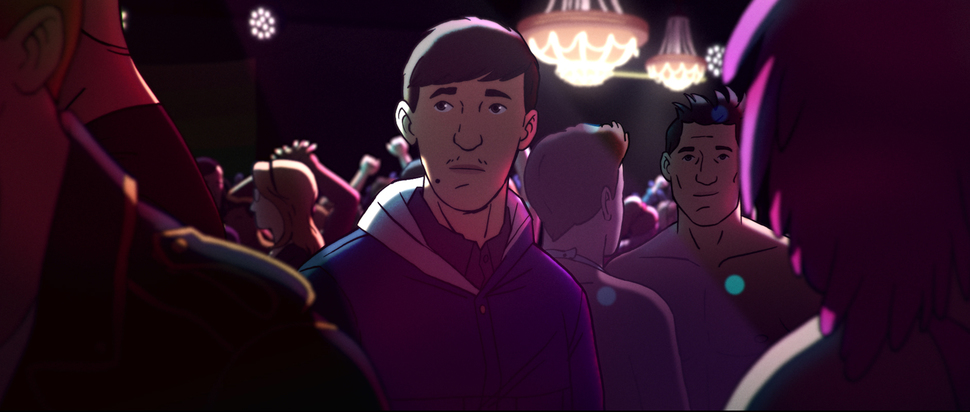Flee
Jonas Poher Rasmussen's documentary Flee uses animation to both help preserve the identity of its subject, an Afghan refugee living in Denmark, and as a way of expressing their loneliness and alienation
“What does home mean to you?” That’s the question at the heart of Flee. Danish director Jonas Poher Rasmussen is speaking to his friend Amin Nawabi (a pseudonym used to protect his family) who has finally decided to share the painful secrets of his past. After a moment of deliberation, he replies: “Somewhere… safe.”
Safety has long been acknowledged as a basic human need but for Amin, whose family were forced to flee Afghanistan in the early 90s, the journey towards a more secure future has been a long and treacherous one. Part interview, part therapy session, Amin discusses his childhood growing up in Kabul, and the physical and psychological boundaries he had to overcome before starting a new life in Denmark as an openly gay man. The decision to animate these conversations was motivated by the need to protect Amin's identity, but the film’s striking 2D animation also alludes to his deep-seated feelings of loneliness and alienation.
For a film about the psychological trauma of displacement, Flee is surprisingly sweet. From an exhilarating sequence in which a young Amin dances through the streets of Kabul to A-ha’s Take On Me, to a lighthearted discussion about the role Jean-Claude Van Damme played in his sexual awakening, the film is punctuated with moments of tenderness and gentle humour. Scenes like these wouldn’t be possible if it wasn't for the trust shared between subject and filmmaker, with Flee suggesting that home is perhaps not a place, but a feeling of security.
